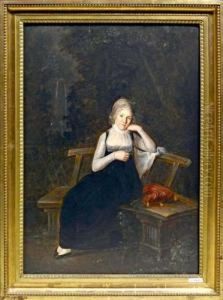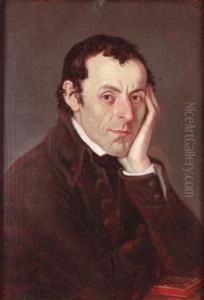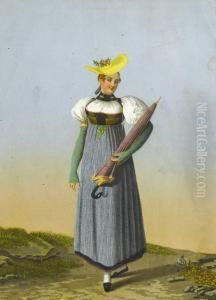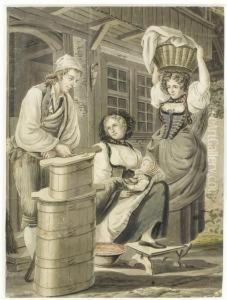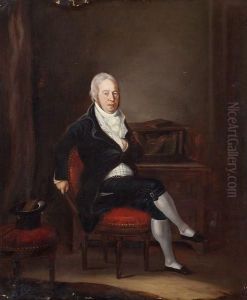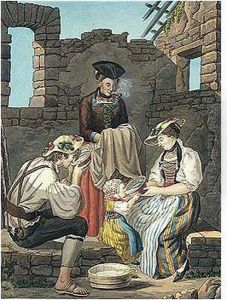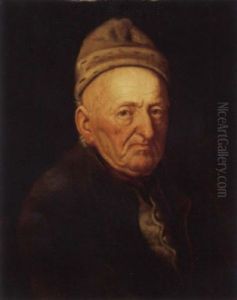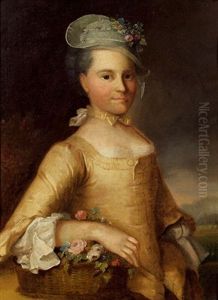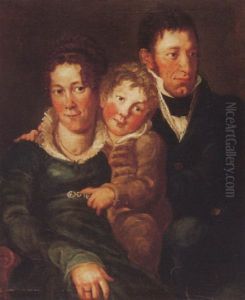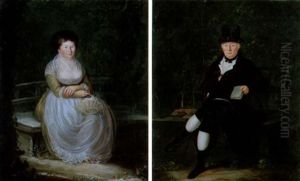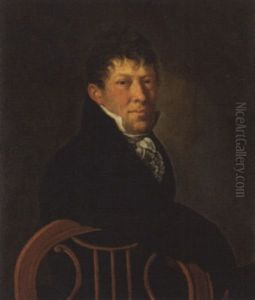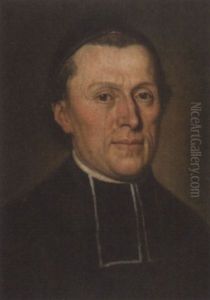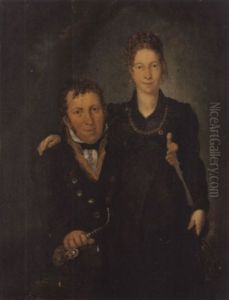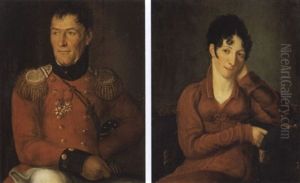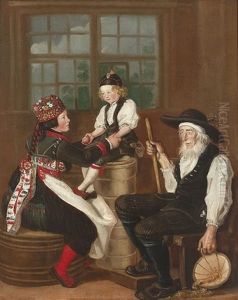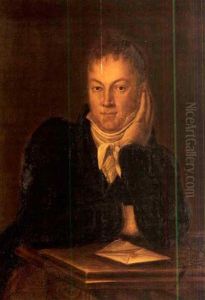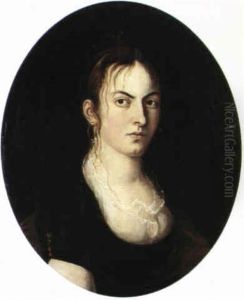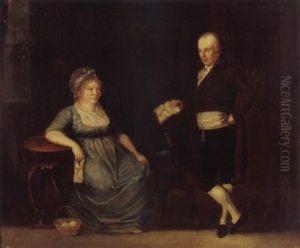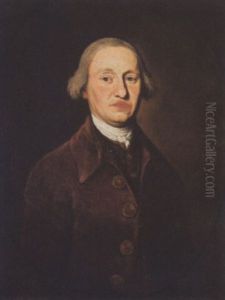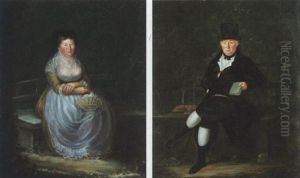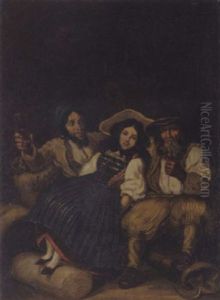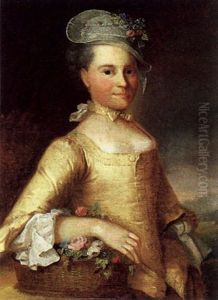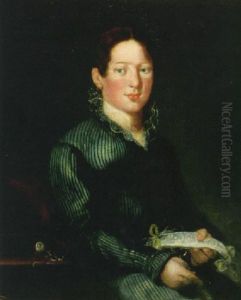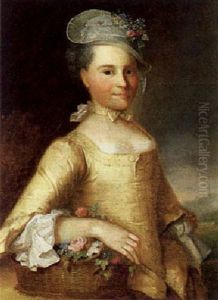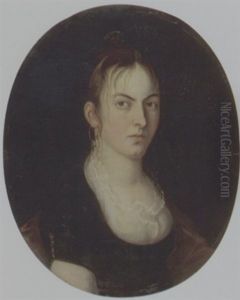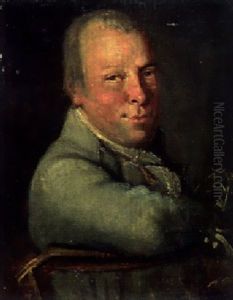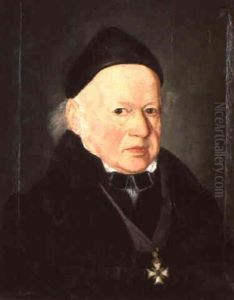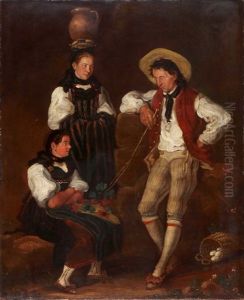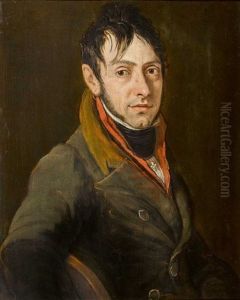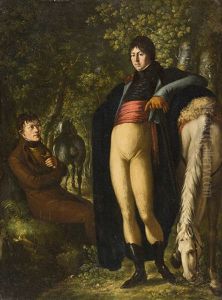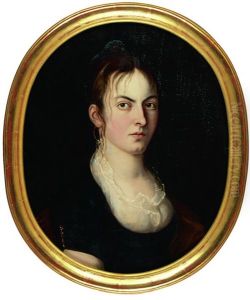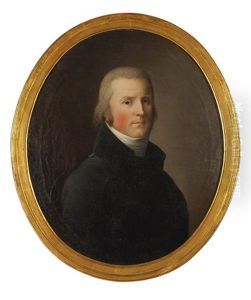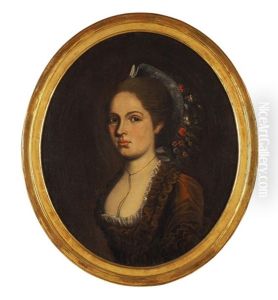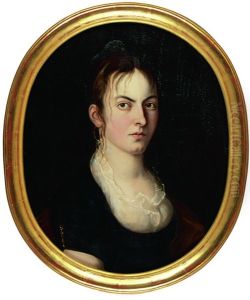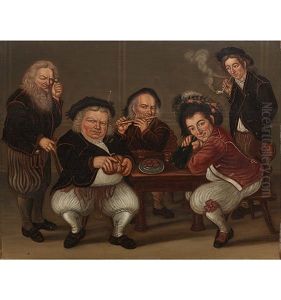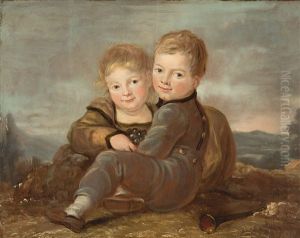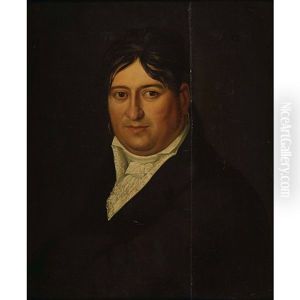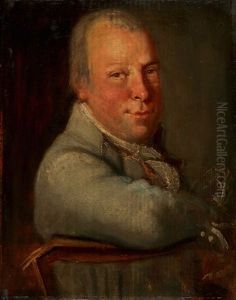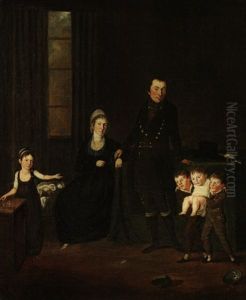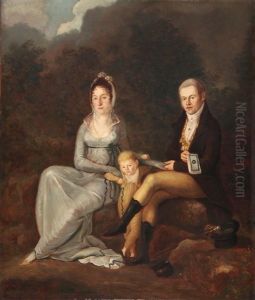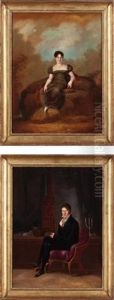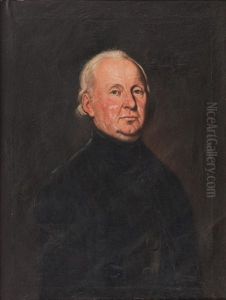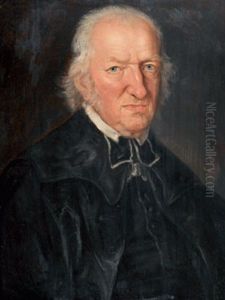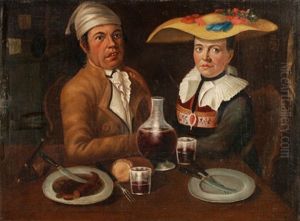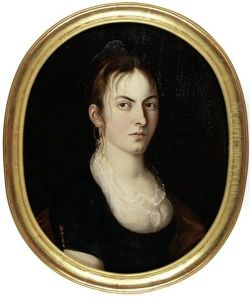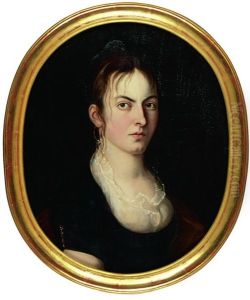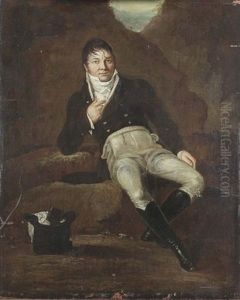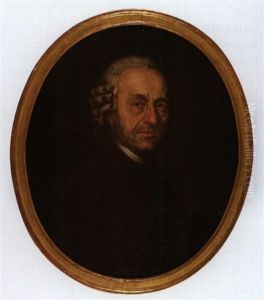Joseph Reinhart Paintings
Joseph Reinhart was a Swiss painter and drawer born on April 12, 1749, in Winterthur, Switzerland. He was known for his portraits, historical scenes, and landscapes, and he was an important figure in the Swiss art scene of his time. Reinhart initially trained as a painter in his hometown before moving to Zurich, where he continued his education. His early works were strongly influenced by the Baroque style, which was prevalent in European art during the 17th and early 18th centuries.
Reinhart's talent was recognized early on, and he was awarded a scholarship that allowed him to travel to Paris to study. In Paris, he was exposed to the burgeoning Neoclassical movement, which began to influence his style. He studied under renowned French artists and was particularly influenced by the works of Jacques-Louis David, a leading Neoclassical painter of the time.
After his stay in Paris, Reinhart traveled to Rome, which was a traditional part of an artist's education in the 18th century. The time he spent in Italy had a profound impact on his work, as he studied the art of the Renaissance and the ancient world. His style became more classical, and he began incorporating themes from mythology and history into his paintings.
Reinhart returned to Switzerland in the late 1770s and settled in Bern, where he became a member of the Bernese artist society. He became one of the most sought-after portraitists in Bern, receiving commissions from many notable figures of the time. His portraits are characterized by a refined elegance and a clear, realistic style that captured the character and status of his subjects.
Apart from portraiture, Reinhart also painted a number of historical and mythological scenes, landscapes, and genre works. He was a versatile artist, and his paintings exhibit a mastery of composition, color, and light. Reinhart's contribution to Swiss art was significant, and he helped pave the way for future generations of Swiss artists.
Joseph Reinhart continued to work and teach in Bern until his death on June 9, 1824. His legacy includes not only his own works but also the influence he had on Swiss art and the students he taught. His paintings can be found in various museums and collections in Switzerland and beyond, attesting to his enduring relevance in the history of art.
